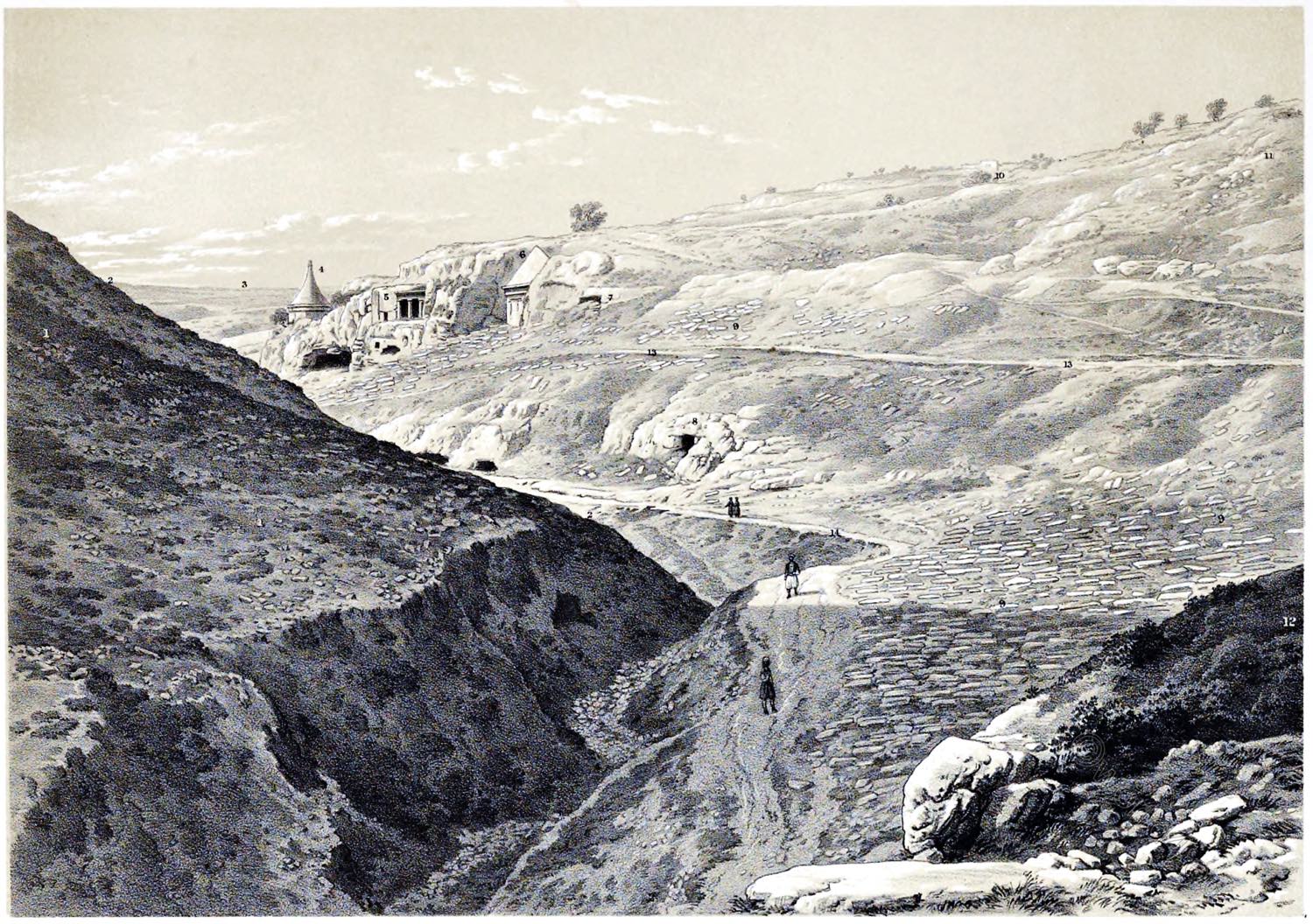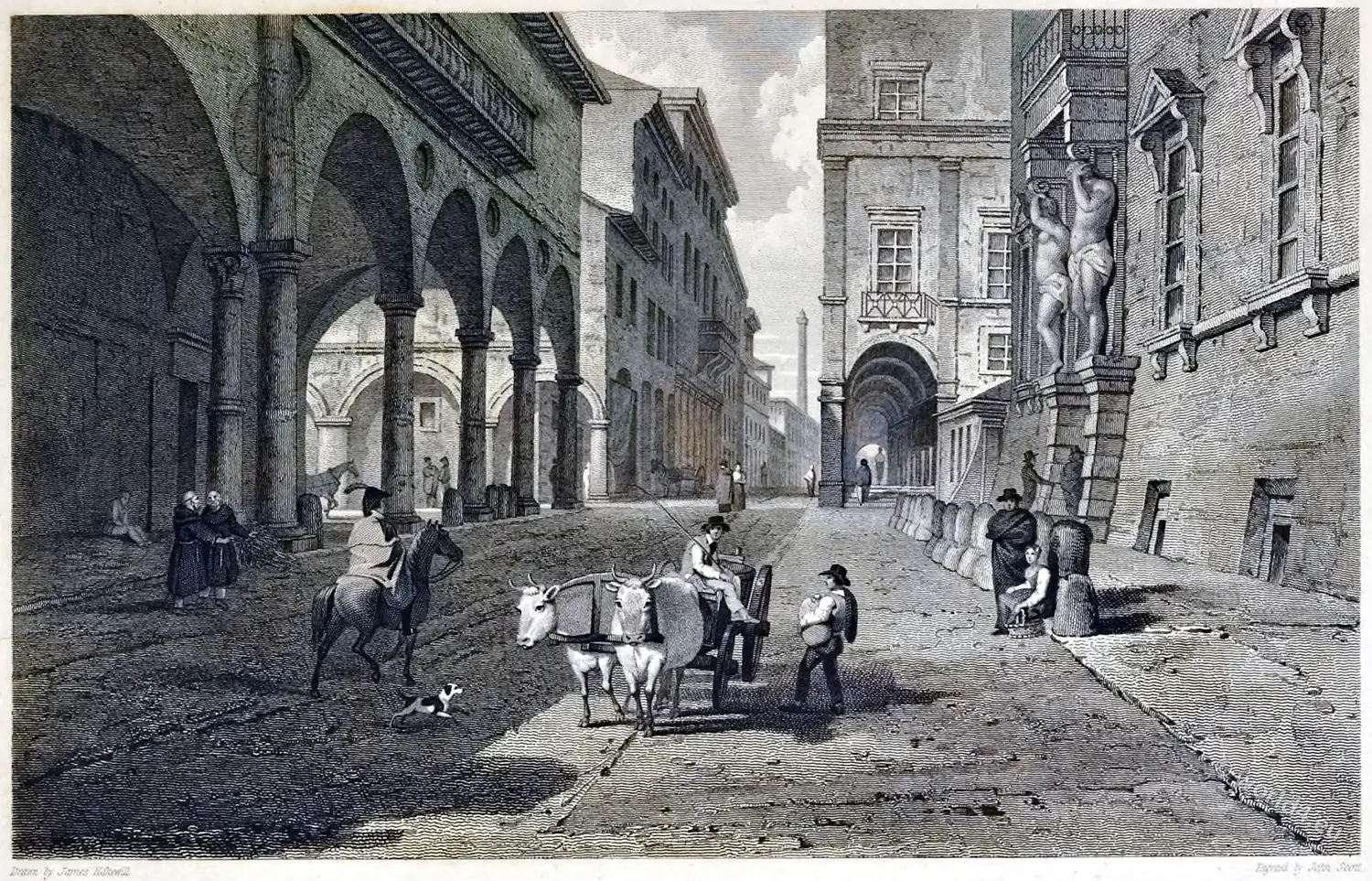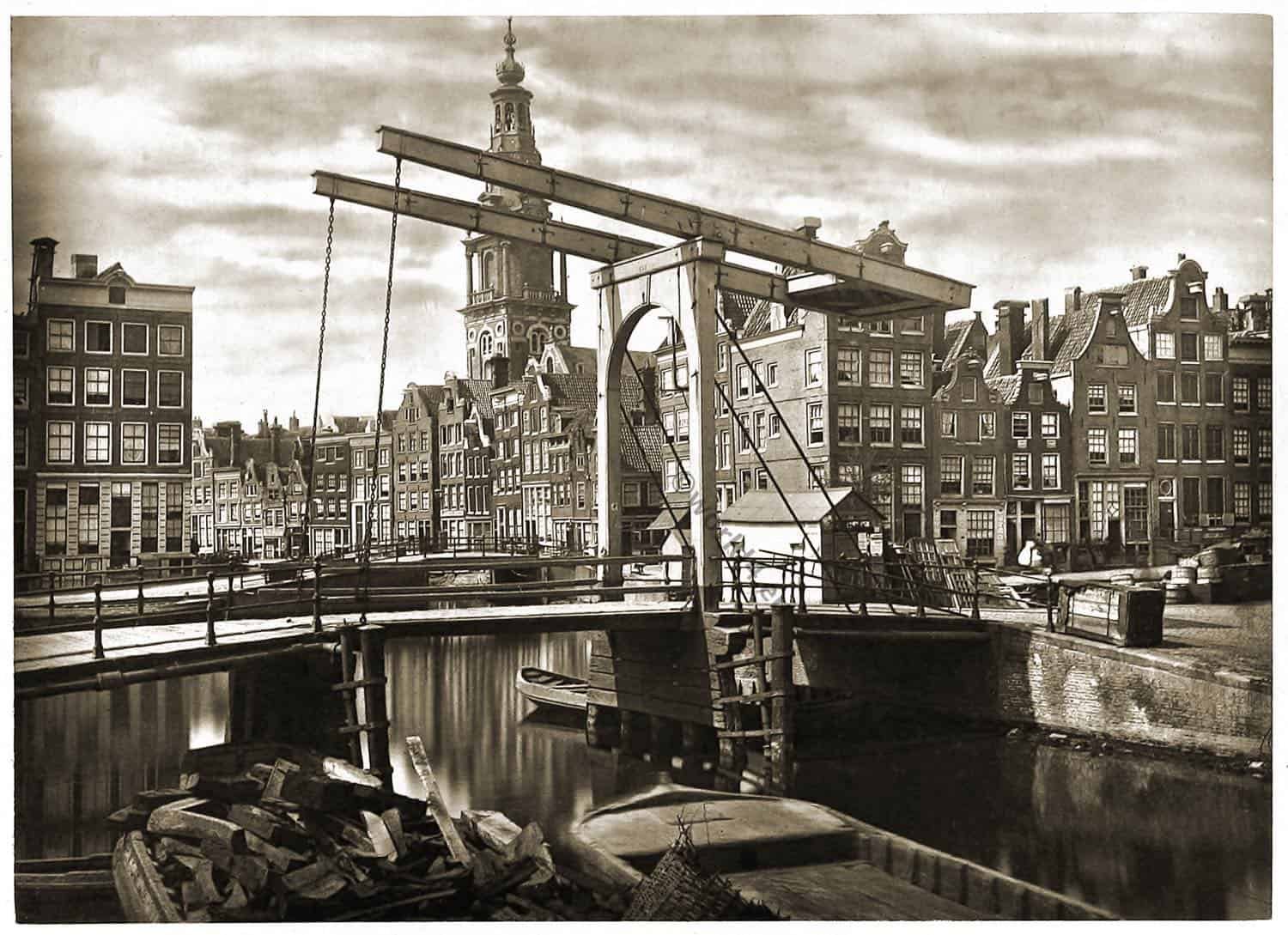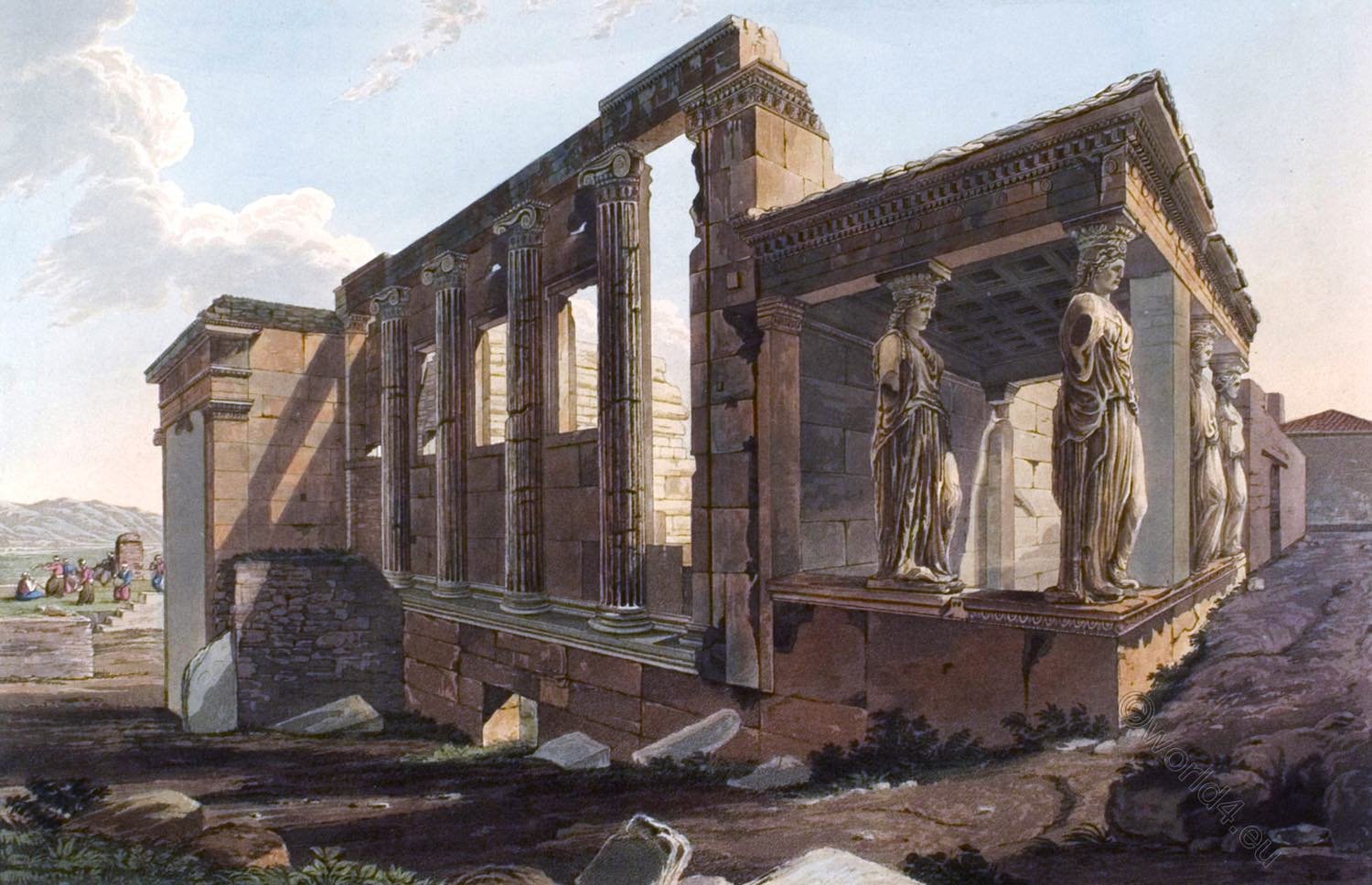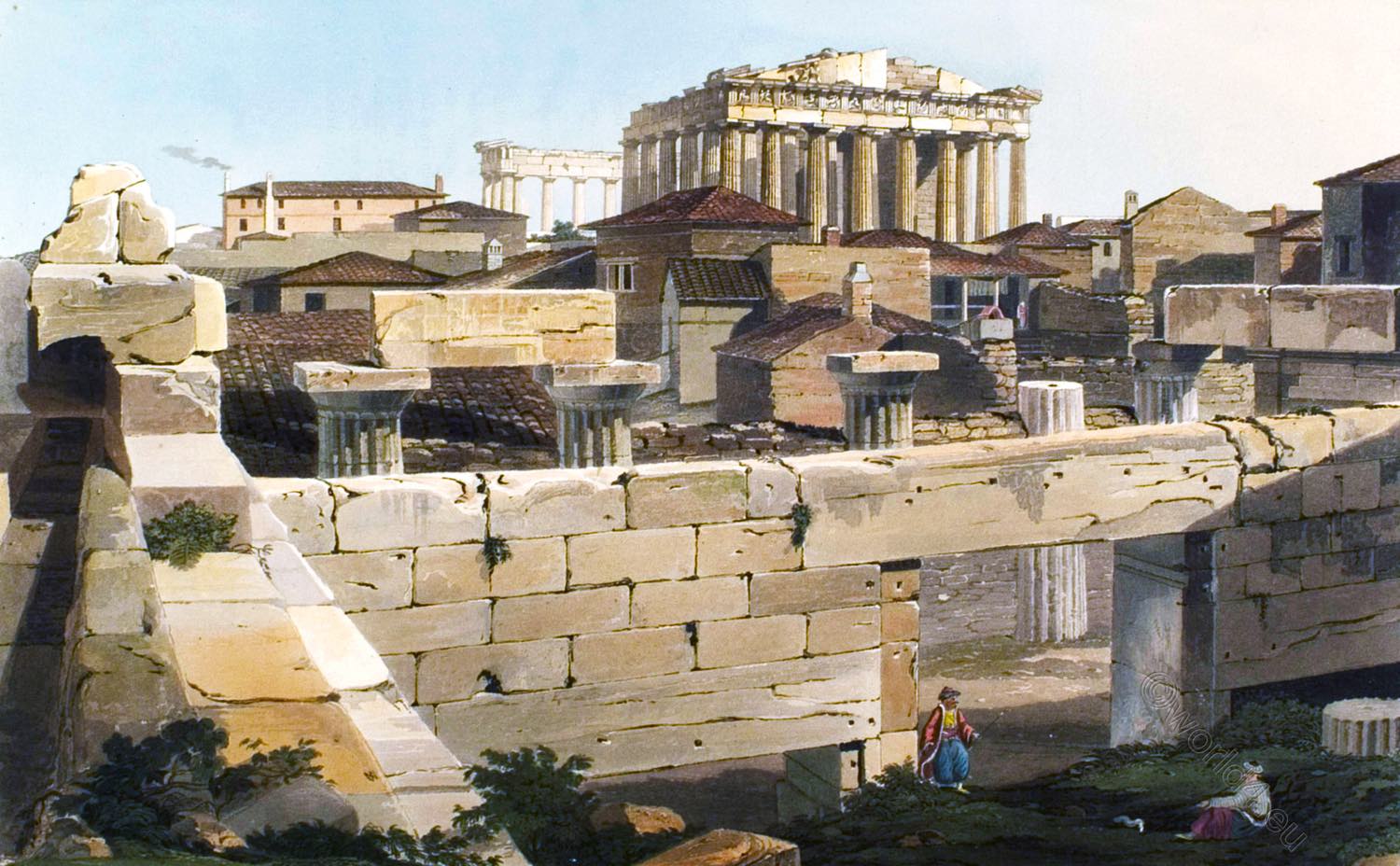
The Parthenon (ancient Greek παρθενών “virgin’s chamber”) is the temple to the city goddess Pallas Athena Parthenos on the Athenian Acropolis.
VIEW OF THE PARTHENON FROM THE PR0PYLEA.
THIS view is taken from the summit of the northern wall of the Propylaea. The picture is occupied with the finest aspect of the Parthenon; the western end and northern flank of which are majestically prominent. These venerable remains, which have survived the lapse of so many centuries, evince the triumph of Phidias and of Iktinos over the ravages of time. The large house on the left of the temple is the best in the acropolis, and belongs to the Assap-Agha, who is lieutenant of the Disdar.
The distant mountain is Hymettos.
The Doric columns, which are seen immediately beyond the gates of the Propyleae, compose the eastern hexastyle colonnade of that edifice. The wall that is between the spectator and the colonnade contains the five portals which led to the Parthenon; but the whole of this part of the edifice is disfigured by the ruins that have been accumulated to the height of about eighteen feet above the original surface. This circumstance would not permit the proportions of the gates to be ascertained with perfect accuracy.
The largest is about twenty-six feet six inches in height, and at the base nearly fourteen in breadth, but with a little diminution towards the top. No more than three of the five gates ore visible above ground; of the two smaller only the lintel is left unburied. The two second gates are twenty feet in height, and the two smaller are about twelve and a half.
The lintel, which covers the middle gate, is the largest mass of pentelic marble in Greece, as it measures twenty-two feet and a half in length, four feet in thickness, and three feet three inches in breadth. It must accordingly weigh about twenty-two tons.
The columnar frustum on the right hand belongs to the interior Ionic colonnade.
The figure, who is in a sitting posture and smoking, is the Disdar, or governor of the castle. As we sometimes had our dinner brought up to the acropolis and dined amongst the ruins, the Disdar used generally to discover our retreat, and never omitted the opportunity of indulging in the forbidden liquor, and of drinking the greater part of our nine.
The figure, who is seen entering the gate, is another Turk of the garrison. This portrait manifests symptoms of astonishment at baring surprised the Disdar in the act of drinking a tumbler of wine, winch he hastily withdrew from his lips on the approach of the other Turk, but not in time to elude his observation.
Source: Views in Greece. Drawings by Edward Dodwell. Rod Well and Martin, London, 1821.
Continuing
Discover more from World4 Costume Culture History
Subscribe to get the latest posts sent to your email.





